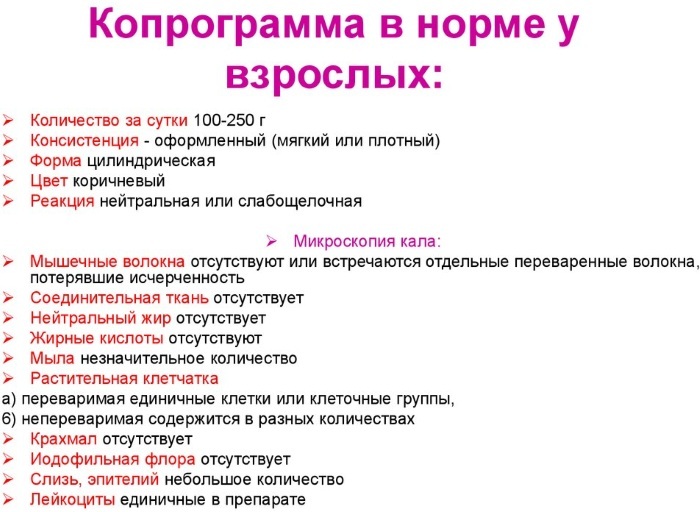Cholangitis is inflammation bile ducts. The disease has severe symptoms and is most often diagnosed in adults. Cholangitis treatment should be started immediately, as the pathology leads to severe complications.
Record content:
-
1 Views
- 1.1 Spicy
- 1.2 Chronic
- 1.3 Sclerosing
- 1.4 Purulent
- 1.5 Catarrhal
- 1.6 Cholecystocholangitis
- 2 Symptoms and Signs
- 3 Causes
- 4 Diagnostics
-
5 Treatment methods
- 5.1 Drug therapy
-
5.2 Folk methods
- 5.2.1 Milk thistle infusion
- 5.2.2 Phyto-collection
- 5.2.3 Decoction of corn silk
- 5.2.4 Pomegranate bark decoction
- 5.2.5 Sage broth
- 5.2.6 Infusion of tansy
- 5.3 Diet
- 5.4 Surgical intervention
- 5.5 Plasmapheresis
- 5.6 Physiotherapy
- 6 Possible consequences and complications
- 7 Cholangitis video
Views
Cholangitis in adults has several types, on which the symptoms and treatment of the disease depend.
Spicy
Acute cholangitis develops rapidly - within 1-2 days and is accompanied by pronounced symptoms and a very serious condition of the patient.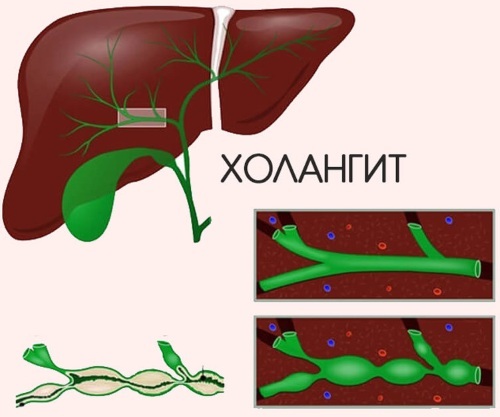 Inflammation is dangerous because it quickly spreads to neighboring tissues and can lead to rapid death of a person.
Inflammation is dangerous because it quickly spreads to neighboring tissues and can lead to rapid death of a person.
Chronic
Chronic cholangitis is characterized by a sluggish inflammation that can last for several years and go unnoticed in the first years. Patients with this diagnosis complain mainly of pain in the right hypochondrium and periodic loose stools. The most common cause of chronic cholangitis is neglected or not completely cured acute cholangitis.
Sclerosing
Sclerosing cholangitis is a type of chronic form of the disease. It is characterized by sclerosis of the walls of the bile ducts, atrophy of the mucous membranes.
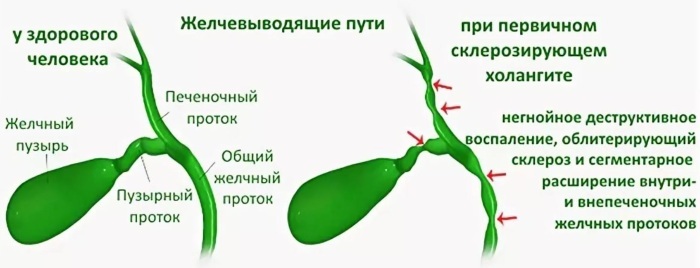
In some cases, polyps form on the walls. The course of this form of the disease is latent, but active.
Purulent
Purulent cholangitis is one of the most severe forms of the disease. The main cause of the development of pathology is bacterial infections affecting the gallbladder and bile ducts. As a result, the composition of bile changes, it becomes purulent, as a result of which toxic shock and abscesses can develop.
Catarrhal
With catarrhal cholangitis, severe edema of the mucous membrane of the bile ducts develops, exfoliation of epithelial particles.
Cholecystocholangitis
Cholangitis (symptoms and treatment in adults require mandatory hospitalization) in many cases is complicated with the involvement of the gallbladder walls in the inflammatory process. This form of the disease is called “cholecystocholangitis”.
Symptoms and Signs
The symptoms of cholangitis depend on the underlying form of the disease (acute or chronic).
Acute cholangitis develops suddenly and is accompanied by an increase in body temperature (up to 40 ° C), severe pain in right hypochondrium (pain can radiate to the scapula and shoulder) and jaundice (the skin and sclera of the eyes become yellow shade).
There are also symptoms of body intoxication:
- chills combined with sweating;
- weakness;
- loss of appetite;
- headache;
- nausea and vomiting;
- diarrhea;
- rash and itching on the skin.
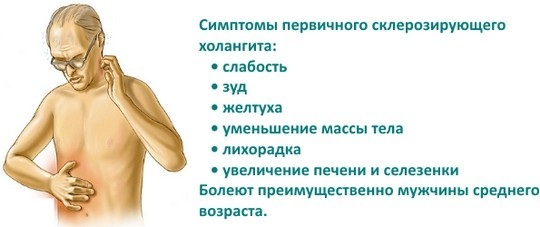
In chronic cholangitis, the symptoms are blurry. Of the specific symptoms, there are most often mild pains in the right side, a feeling of fullness in the epigastric region. Also, patients complain of appetite disturbances, rapid fatigue, constantly elevated body temperature for no reason. In the later stages of the disease, jaundice develops.
With catarrhal and purulent cholangitis, the patient's condition is extremely difficult. In addition to the above symptoms, impairment or loss of consciousness, manifestations of shock are possible.
Causes
Cholangitis (symptoms and treatment in adults are directly related to each other) is most often of an infectious origin.
The infection can be bacterial, viral, or parasitic:
- Bacterial cholangitis. It develops as a result of ingestion of pathogenic bacteria (E. coli, staphylococci, enterococci and others) into the bile ducts. Bacteria enter the ducts through the blood, lymph, or ascending from the lumen of the duodenum.
- Viral cholangitis. Inflammation of the bile ducts of viral etiology occurs with viral hepatitis.
- Parasitic cholangitis. The cause of the development of the inflammatory process in this form of the disease is parasitic infections: opisthorchiasis, ascariasis, giardiasis, strongyloidosis, fascioliasis and others.
Aseptic cholangitis occurs as a result of irritation of the walls of the bile ducts with activated pancreatic juice as a consequence of pancreatobiliary reflux. In this case, an aseptic inflammatory process initially develops, then a secondary infection joins.
Also, the causes (or predisposing factors) of cholangitis can be:
- biliary dyskinesia;
- anomalies in the structure of the biliary tract;
- oncological diseases of the biliary tract;
- cholelithiasis;
- common bile duct cyst;
- cholecystitis;
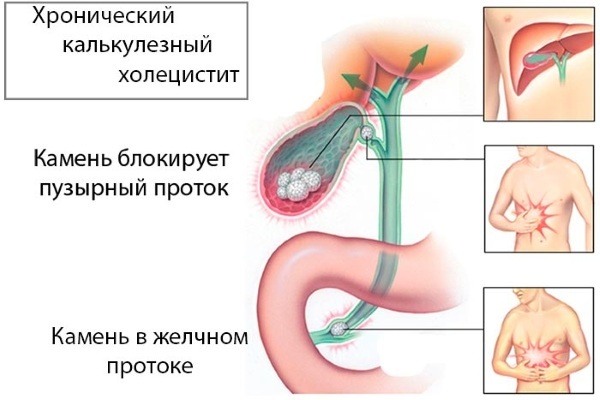
- the presence of cicatricial formations in the biliary tract;
- inflammatory diseases of neighboring organs;
- cirrhosis of the liver;
- cholestasis;
- autoimmune diseases;
- Caroli's disease;
- surgical interventions on the organs of biliary excretion and biliary tract;
- endoscopic examination of the bile ducts.
Diagnostics
Cholangitis is diagnosed and treated by a gastroenterologist. When making a diagnosis, the doctor takes into account the main symptoms of the disease (fever, pain in the right hypochondrium and yellowness of the skin).
Also, the specialist conducts a visual examination of the patient (patients have pallor, dryness of the tongue and plaque on its surface, combs on the skin) and palpation (when pressing on the area of the right hypochondrium, severe pain occurs, and an increase in size is also noted liver).
For an accurate diagnosis and identification of the reasons for its development, a comprehensive diagnosis is carried out:
| General blood analysis | Essential to assess the progression of inflammation. In the presence of an inflammatory process in the body, an increase in the level of leukocytes and ESR is noted.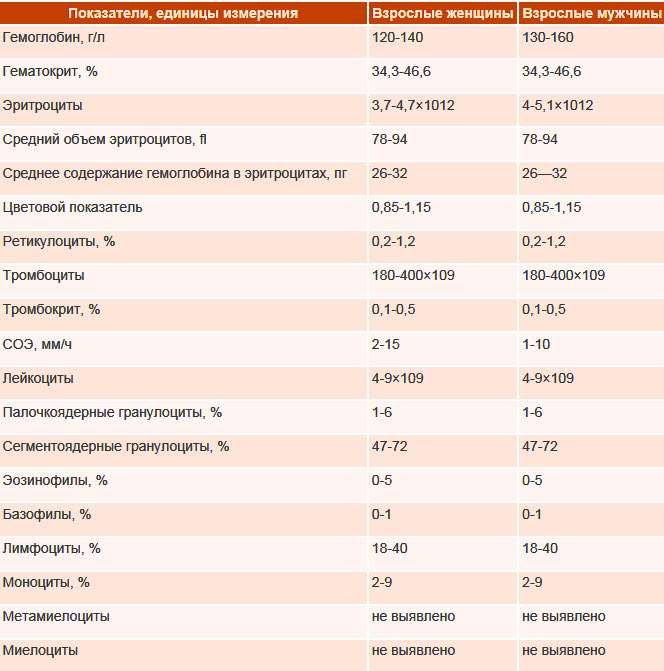
|
| Blood chemistry | It is carried out to assess liver function tests - with cholangitis, an increase in the level of bilirubin, alkaline phosphatase, and alpha-amylase in the blood is characteristic. |
| Stool analysis | It is carried out to exclude a parasitic infection that can cause inflammation of the bile ducts. |
| Duodenal intubation | The procedure is necessary for the collection of bile and its subsequent sowing on nutrient bacteriological media. The method helps to identify the causative agents of infection and the type of microorganisms that caused the inflammation. |
| Ultrasound of the liver, gallbladder and bile ducts | Helps to identify changes in the structure of organs, to detect the presence of stones, an increase in the size of organs. |
| Retrograde cholangiopan creatography | During the procedure, an endoscope is inserted into the digestive tract, a contrast agent is specifically introduced into the bile ducts, and the organs are examined. This method allows you to detect inflammatory, obstructive and tumor changes. |
| Percutaneous transhepatic cholangiography | With this method, the contrast agent is injected not through the gastrointestinal tract, but through a puncture of the skin and liver. |
| Magnetic resonance cholangiopan-creatography | Magnetic resonance cholangiopancreatography allows for an in-depth look at the structure of the bile ducts and detect even the smallest formations of inflammatory, dystrophic or tumor character.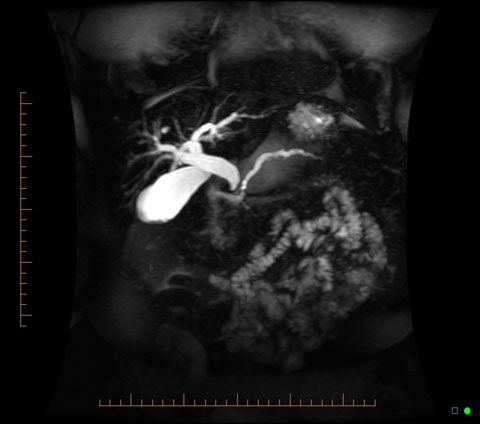
|
The last 3 diagnostic methods are used only with unclear results of laboratory tests and ultrasound.
Treatment methods
The goal of treatment is to stop the inflammatory process, detoxify the body, and restore the normal outflow of bile. Treatment of the acute form of the disease is carried out in a hospital setting, the chronic form does not require hospitalization and is treated on an outpatient basis during periods of relapse.
All patients with cholangitis need strict bed rest, fasting for several days and adherence to the drinking regime.
Drug therapy
Depending on the cause of the disease, various types of drugs are used: for bacterial infection use combinations of antibiotics (most often cephalosporins in combination with metronidazole and aminoglycosides); for parasitic infections, antiparasitic agents are used; if cholangitis is of viral origin, then drugs are used to treat the liver.
Also, complex drug therapy is prescribed, depending on the symptoms of cholangitis: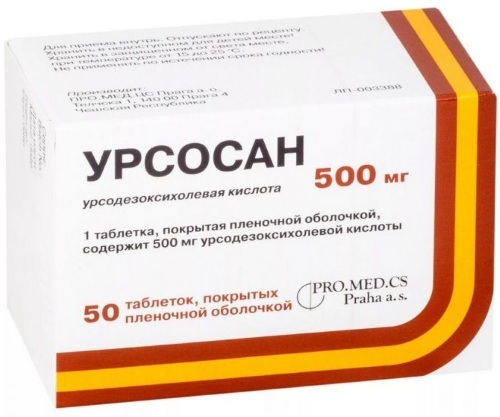
| Drug group name | Action | Name of drugs |
| Anti-inflammatory drugs | They stop the acute inflammatory process, lower body temperature, and eliminate pain. | Ibuprofen, Nise. |
| Antispasmodics | Eliminate spasms and painful sensations in the area of inflammation. | “Papaverine”, “Drotaverin”. |
| Isotonic solutions | Improves metabolism in tissues, accelerates detoxification of the body. | Glucose solution, sodium chloride solution. |
| Antihistamines | They relieve an allergic reaction caused by bile congestion, help eliminate stains and itching on the skin. | Suprastin, Suprilamin. |
| Hepatoprotectors | Protects liver cells, stimulates their recovery, improves organ function. | “Ursosan”, “Essentiale Forte N”. |
| Choleretic drugs | Stimulates the outflow of bile. | "Holosas", "Allohol". |
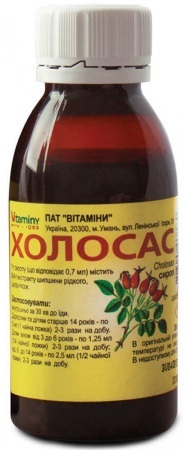
Medical treatment of chronic cholangitis includes the use of painkillers and antispasmodic drugs during periods of exacerbation of the disease and, if necessary, detoxification agents.
Folk methods
Infusions and decoctions used for cholangitis relieve inflammation, eliminate pain and spasms, and accelerate bile excretion.
Folk remedies should be used only in combination with medicines and as prescribed by a doctor. They are approved for the treatment of both acute and chronic cholangitis.
Milk thistle infusion
Milk thistle eliminates the inflammatory process, normalizes the work of the biliary organs, and accelerates tissue regeneration. To prepare the infusion, 1 tsp is required. l. milk thistle seeds, which need to be poured with 1 glass of hot water and insisted for 30 minutes. Further, the infusion must be filtered, cooled and taken in 80-100 ml 3 times a day for 30 minutes. before meals. The course of treatment is 2 weeks.
Phyto-collection
For the preparation of phyto-collection you will need:
- 3 tbsp. l. mint leaves, St. John's wort flowers, calendula and chamomile;
- 4 tbsp. l. chopped corn silk;
- 2 tbsp. l. dandelion root, tansy flowers and fennel fruits.
All components must be mixed and placed in a cotton bag or glass jar. To prepare a healing infusion, you need to take 2 tbsp. l. collection, place in a thermos, pour 2 glasses of hot water.
The tool must be infused for 30-40 minutes, then strain and take 100 ml 2 times a day. The course of treatment is 3-4 weeks. This herbal collection has a pronounced anti-inflammatory, antispasmodic, choleretic and regenerating effect.
Decoction of corn silk
A decoction of corn silk has a choleretic effect, accelerates metabolism in the body, and normalizes liver function. To prepare the broth, 25 g of corn silk and 500 ml of hot water are required.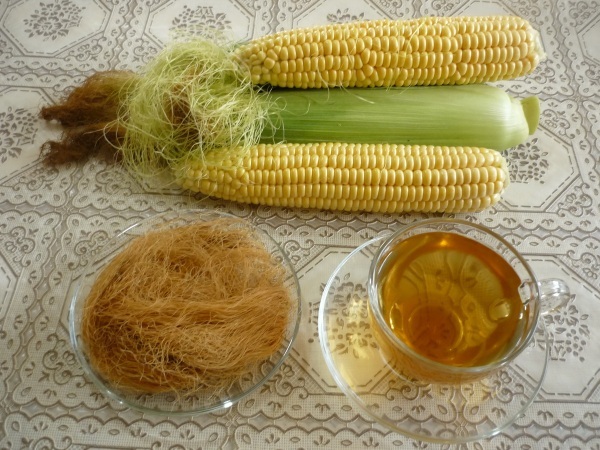
Cooking process:
- The corn silk should be finely chopped and covered with hot water.
- Next, the mixture must be placed on fire and brought to a boil.
- After boiling, the broth should be simmered over low heat for another 30 minutes.
- Then strain the solution and take ¼ glass every 3 hours.
The course of treatment is 7-10 days.
Pomegranate bark decoction
A decoction of pomegranate bark has a powerful detoxifying and antibacterial effect. To prepare the product, you need 2 tsp. l. dried and chopped pomegranate peels and 1 glass of hot water.
Cooking process: pour the pomegranate peel with water and put the mixture in a water bath for 30 minutes. Next, the product should be squeezed out, filtered and completely cooled. You need to take a decoction of 50-70 ml 2 times a day for 1 week.
Sage broth
Sage is a potent anti-inflammatory and disinfectant that helps remove parasites from the body. To prepare the broth, 1 tbsp is needed. dry sage herb and 2 glasses of hot water.
Cooking process:
- Raw materials must be poured with hot water and placed on fire.
- Next, the agent must be brought to a boil and then simmer on the fire for another 5-7 minutes.
- After that, the broth must be cooled and filtered.
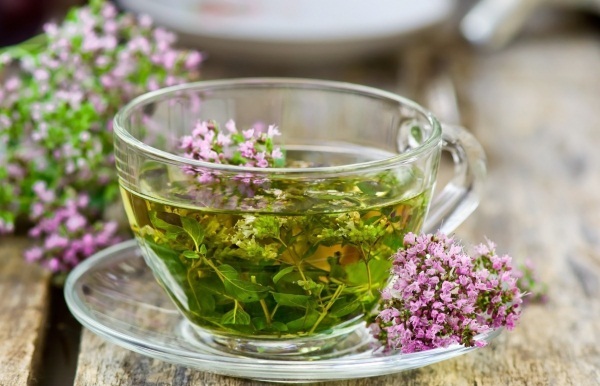
You need to take the product 100 ml 3 times a day for 30 minutes. Before meals. The course of therapy is 2 weeks.
Infusion of tansy
Tansy pi cholangitis has a complex effect: it removes parasites, eliminates fever, accelerates the elimination of toxins by increasing sweating. It also has an antiseptic and choleretic effect.
To prepare the infusion, 1 tbsp is required. l. dry tansy flowers and 200 ml of hot water. The cooking process is as follows: you need to put the raw materials in a thermos, add water and insist for an hour. You need to take the infusion in 1 tbsp. before every meal. The course of treatment is 2 weeks.
Diet
Cholangitis (symptoms and treatment in adults are constantly monitored by the attending specialist) requires mandatory and strict adherence to the diet. Without this, the treatment will be unsuccessful and complications are possible.
With cholangitis, Pevzner's diet number 5 is shown, which implies the complete exclusion of the following foods:
- fresh wheat bread;
- pastry and confectionery;
- fatty fish and meat;
- smoked meats;
- canned food, pickles, pickles;
- legumes;
- citrus;
- mushrooms and mushroom broths;
- carbonated drinks, juices;
- cocoa and all products with its content;
- onions, garlic and all seasonings and spices;
- coffee;
- cold temperature food and drinks.
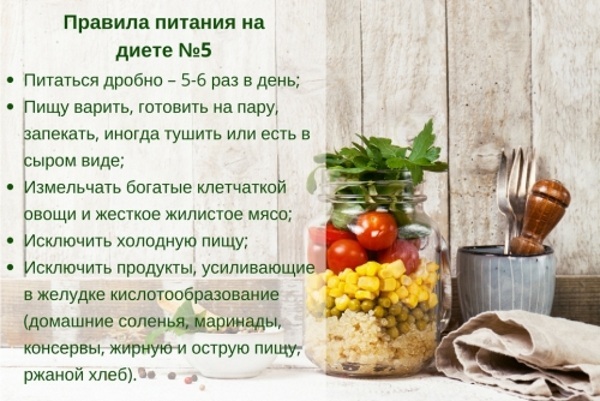
The following foods are allowed in the daily diet:
- lean meat and fish;
- dried rye bread;
- vegetable broths and soups, or cooked in secondary meat broth;
- porridge;
- low-fat dairy products and milk;
- vegetables, non-acidic berries and fruits;
- honey, jam, marmalade (in small quantities and not daily);
- compotes;
- eggs (not daily and no more than 1 pc. in a day).

Diet according to Pevzner, table 5. Sample menu for the day 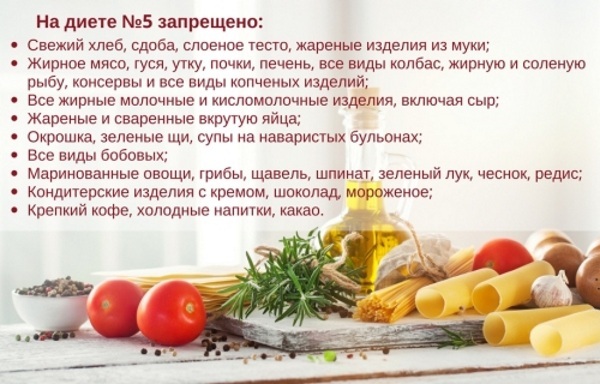
Food should be baked without oil, boiled, or steamed. Frying is prohibited. You need to take food 4-6 times a day in small portions. It is desirable that the consistency of the food is viscous and soft.
Surgical intervention
Cholangitis (symptoms and treatment in adults are the same as in children; however, children most often develop chronic cholangitis due to congenital pathologies of the biliary organs and tracts) cannot be cured without normalizing the bile outflow, therefore, almost every patient with acute inflammation undergoes surgical intervention.
Depending on the causes of the disease and the presence of complications, the following types of surgical intervention are performed:
- Endoscopic papillosphincterotomy - carry out excision of the tissues of the nipple of Vater and decompression of the bile ducts.
- Endoscopic stenting of the common bile duct - a stent is introduced into the space of the common bile duct, which straightens and fixes the walls of the organ, preventing its re-narrowing.
- Extraction of calculi from the bile ducts - the surgeon removes stones from the biliary tract.
-
Percutaneous transhepatic bile duct drainage - a catheter is inserted into the bile ducts of the liver, through which bile is excreted.
 The procedure is indicated for complete obstruction of the bile ducts.
The procedure is indicated for complete obstruction of the bile ducts.
Plasmapheresis
In case of severe intoxication of the body, the patient undergoes plasmapheresis - blood is taken from a peripheral vein, placed in a centrifuge and divided into plasma and erythrocyte mass. Then the erythrocyte mass is administered to the patient together with plasma-substituting drugs. The procedure helps cleanse the blood of toxins, antibodies, immune complexes and other substances.
Physiotherapy
In chronic cholangitis, physiotherapy is used to help increase the duration of remission. Also, physiotherapy is aimed at reducing the level of inflammation, eliminating periodic pain and spasms, normalizing digestion and improving bile outflow.
For treatment, electrophoresis with the introduction of choleretic drugs, mud and paraffin applications, therapeutic sodium chloride baths are used.
Possible consequences and complications
The most common consequence of cholangitis is sepsis (blood poisoning). It occurs at a late start of treatment, when pathogenic microorganisms enter the blood system. In this case, the risk of death of the patient is high.
Cholangitis also leads to the following complications:
- cirrhosis of the liver;
- pancreatitis (acute and chronic);
- jade;
- renal, hepatic and heart failure;
- oncological education.
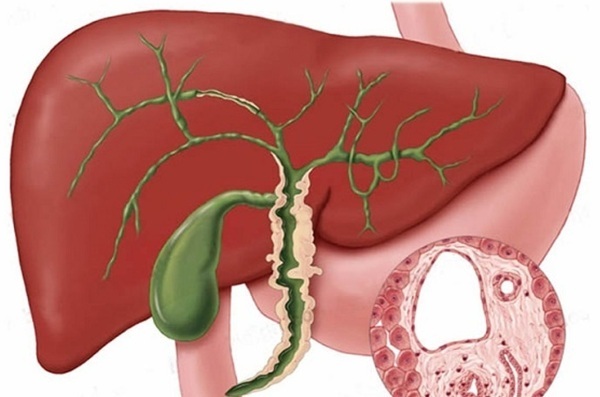
Cholangitis in adults is a dangerous disease that can cause death. Symptoms of the pathology are pronounced, therefore, when they appear, an ambulance must be called urgently so that early treatment can be started and complications are prevented.
Cholangitis video
About primary cholangitis:


